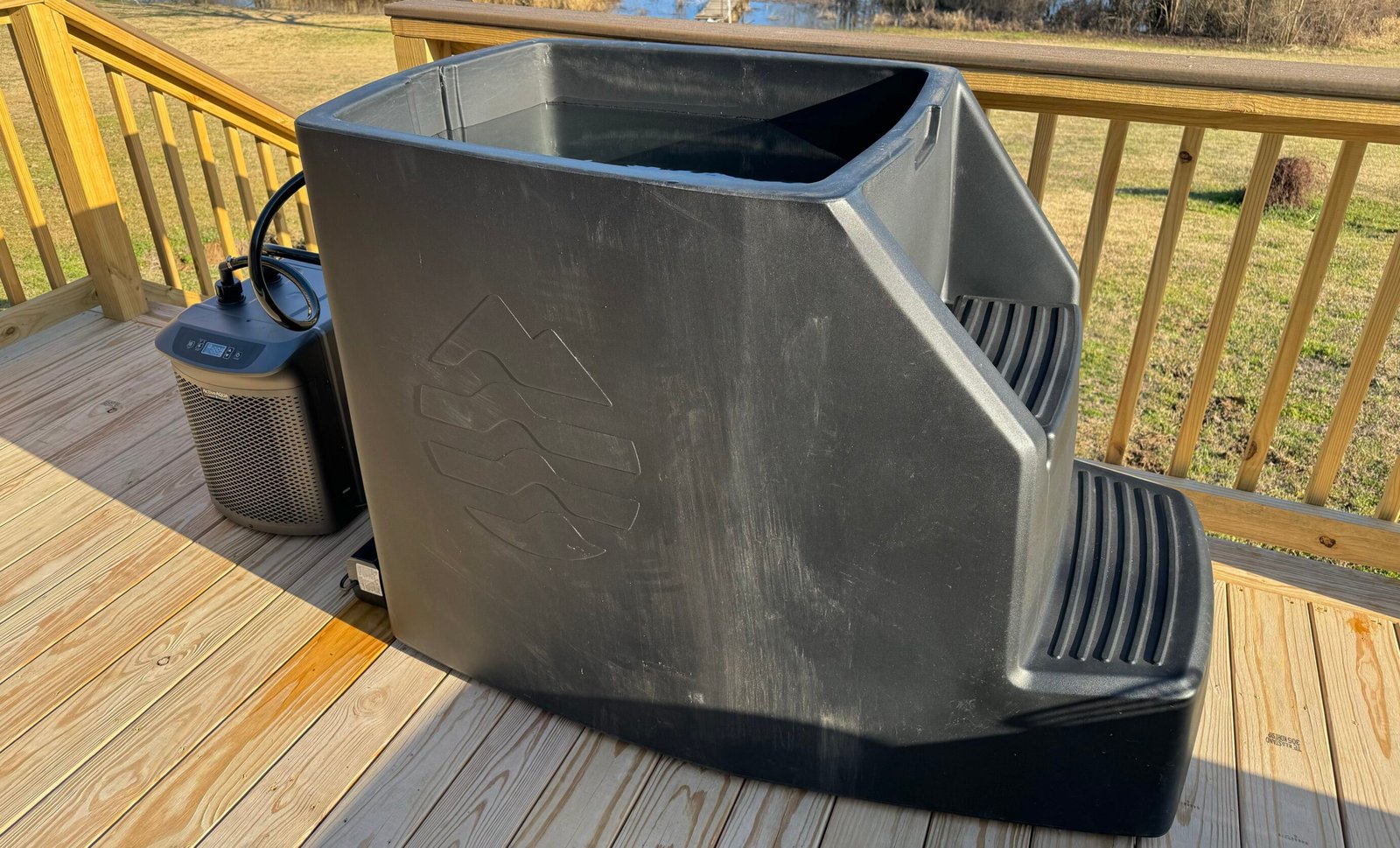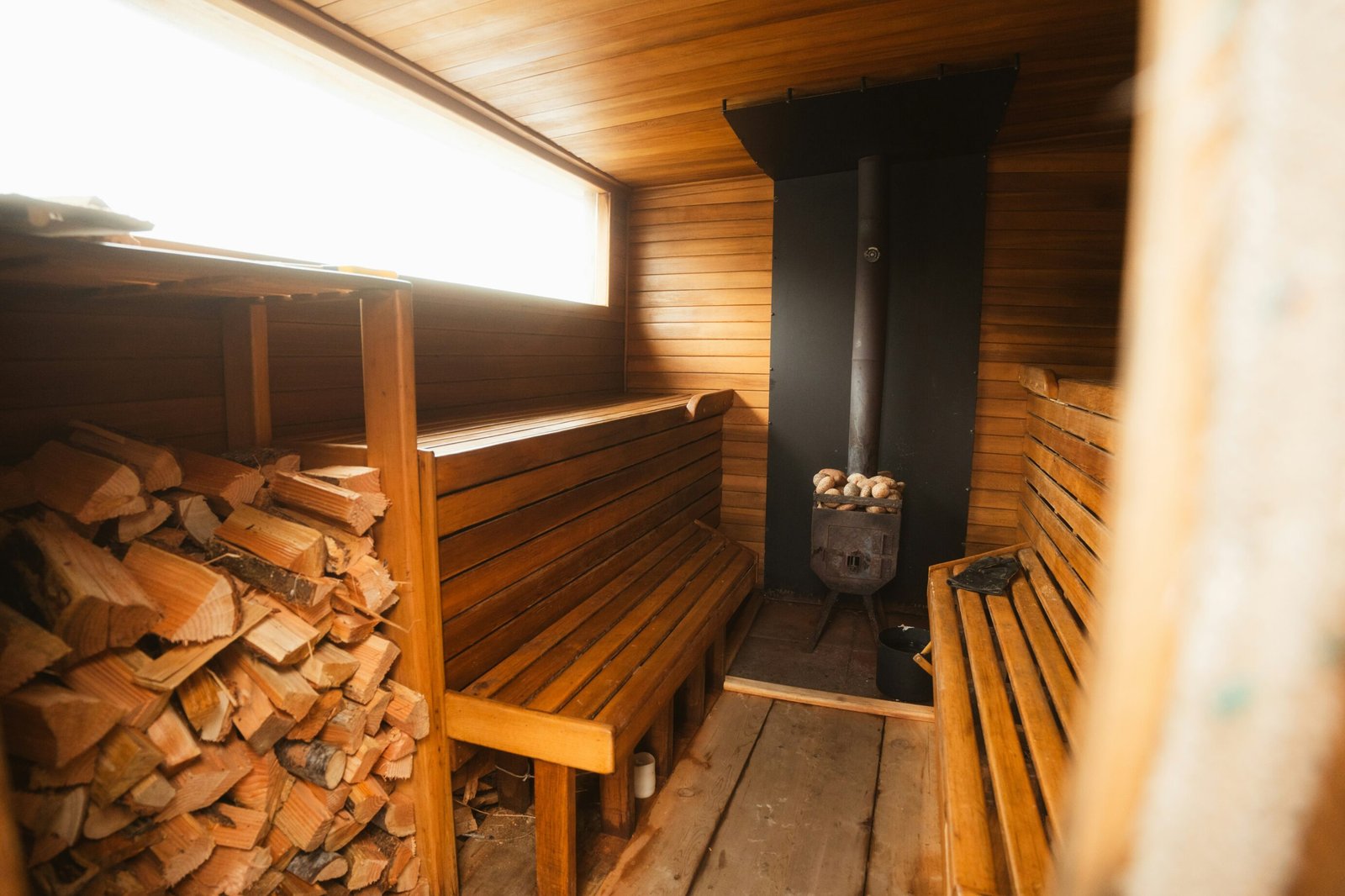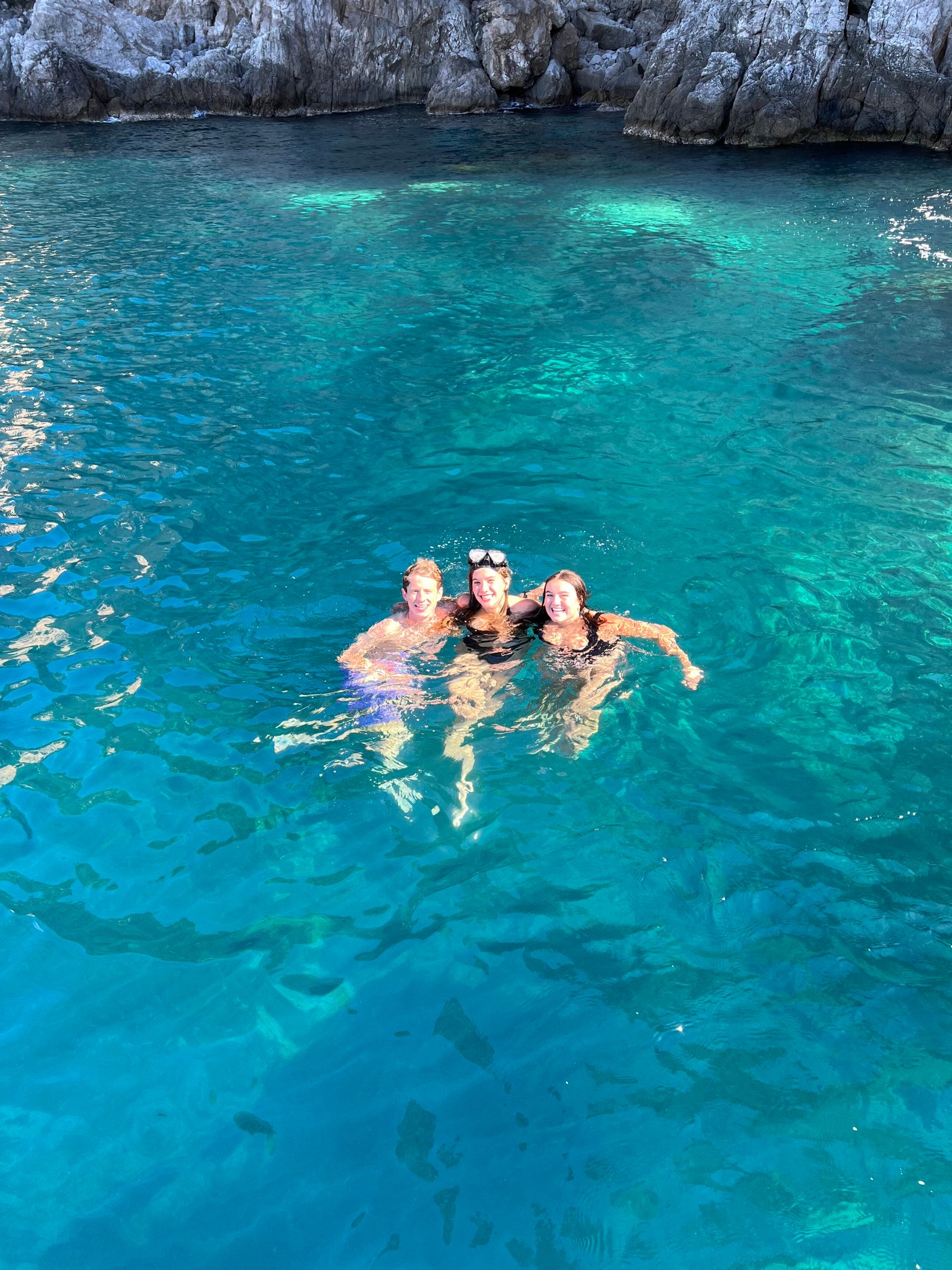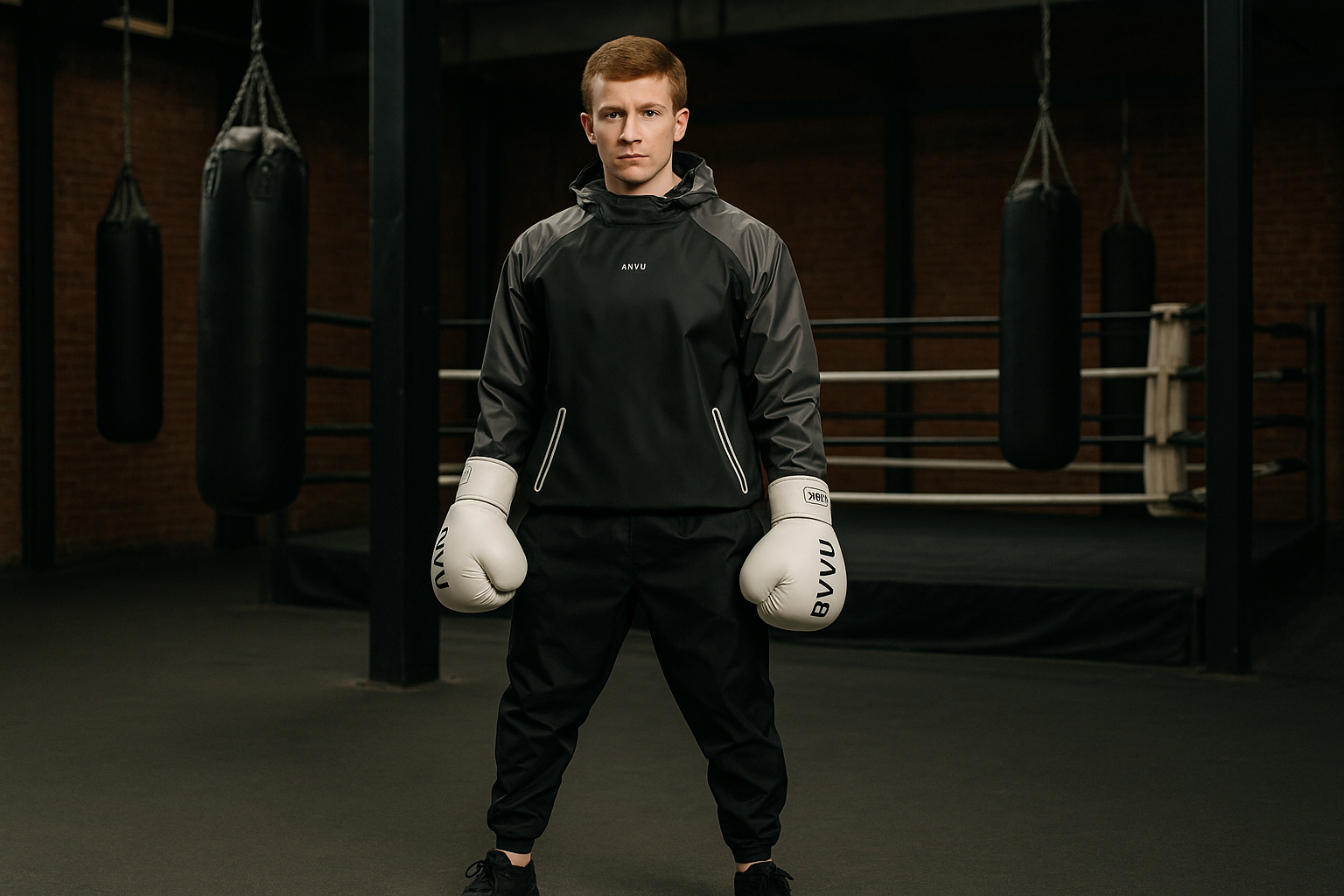Should You Cold Plunge When Sick: Good or Bad Idea?

Cold plunging has become a popular wellness trend, with many people swearing by its health benefits. Some folks think about doing a cold plunge when sick, hoping for immune support or relief from symptoms like congestion or inflammation.
But is it really a good idea? In this article, we’ll explore how cold plunging affects the body when you’re under the weather, when it might help, and when it’s best to steer clear. I’ll also share some precautions to keep in mind.
How Cold Plunging Affects the Immune System
Does cold plunging affect the immune system? The answer is yes. Cold plunging can stimulate the immune system by increasing the number of white blood cells and improving blood circulation. Cold showers can boost the leukocytes that fight infections, potentially enhancing immunity against common colds.
However, if you’re already sick, this extra physical stress might not be good for you. Your immune system is already working overtime to fight the illness and adding more stress could be counterproductive.
When Cold Plunging Could Help with Minor Illness Symptoms
Is it good to do a cold plunge when sick? It depends on the type and severity of your symptoms. For a mild cold, a cold plunge might offer some temporary benefits. However, if you have a fever, plunging into cold water is likely going to stress your body further, potentially making you feel worse.
For congestion without other significant symptoms, cold water immersion may help clear up your sinuses and make it easier to breathe. You could also feel less achy and get a quick mood boost, thanks to reduced inflammation and a burst of endorphins—your brain’s feel-good chemicals.
But remember, these effects won’t last as long while you’re sick. The congestion might return and any lift in mood may not last as long as it would if you were feeling healthy. Responses to cold plunging vary from person to person, so it’s important to listen to your body to see if it’s worth the attempt.

If your symptoms are mild and mostly an annoyance, the risk of cold plunging is relatively low. On the other hand, if you’re dealing with a sore throat that won’t ease up or a pounding headache, jumping into cold water likely won’t be the relief you’re looking for.
Ultimately, while cold plunging may offer brief relief from minor symptoms, you should gauge your overall condition first. For anything more than a mild inconvenience, sticking with rest and hydration might be the better choice.
Personally, I avoid cold plunging when I’m under the weather—the thought of adding more stress doesn’t appeal to me. But I know people who swear by it even when they’re feeling off. It all comes down to personal preference.
When to Avoid Cold Plunging
If you have the flu, a fever, or serious breathing problems, it’s best to skip the cold plunge. Adding the shock of cold water can make things worse.
When you have the flu, your body is working harder to battle the virus. A cold plunge can sap your energy and make you feel even more exhausted. It might also lower your core body temperature, making it harder for your immune system to do its job.
Fever is another red flag. When you have a fever, your body raises its temperature to help fight off the infection. Getting into cold water can interfere with this process. Your body has to work even harder to regulate its temperature, which can delay your recovery.
Severe respiratory issues, like bad coughs or difficulty breathing, are also reasons to avoid cold plunging when sick. The cold can constrict your airways, making it even harder to breathe. This can lead to more coughing, wheezing, and discomfort. I’d avoid making it more difficult for your lungs to get oxygen.
Cold vs. Warm Therapy for Symptom Relief
When you’re feeling sick, choosing the right type of therapy can make a big difference in how you feel. Cold plunging might seem like a quick fix, but warm therapies can often be more comforting and effective.
The warmth helps your muscles relax and eases any body aches. Warm baths can also help clear your nose if you’re feeling stuffy.
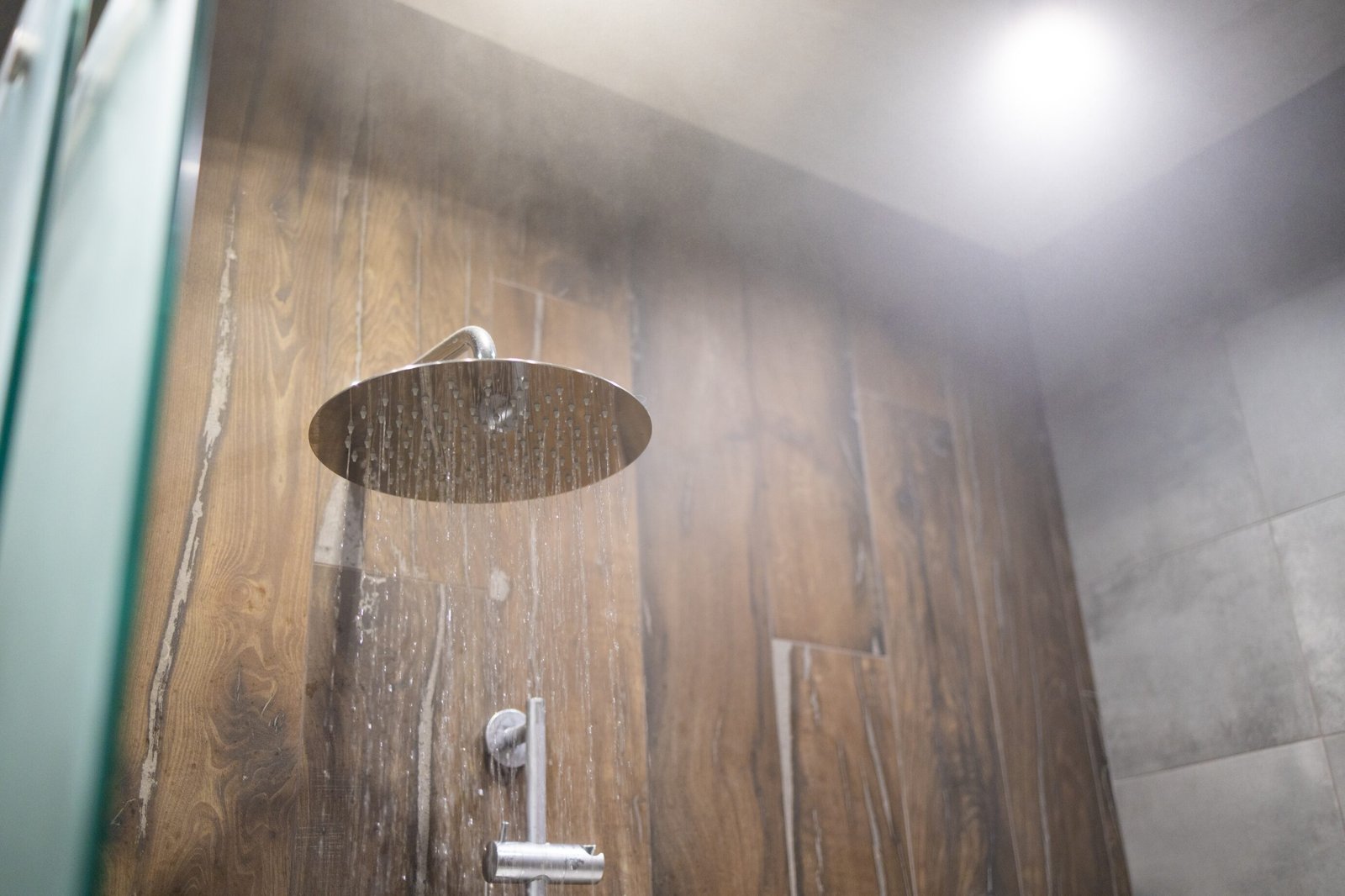
Saunas work in a similar way. Sitting in a sauna makes you sweat, which can help flush out toxins. The heat can also help to loosen any mucus in your nose and chest. Plus, the warmth can make you feel more relaxed and less stressed, which is important when you’re trying to get better.
If you’re dealing with congestion, a warm shower can be particularly helpful. The steam can provide relief and the warmth soothes any soreness in your throat or chest. Just standing under the warm water can be a calming experience.
In contrast, cold plunging can be a bit of a shock to the system. Warm therapies, on the other hand, offer a more gentle and comforting way to feel better.
Cold Showers as an Alternative
A cold shower, when it’s quick and not too intense, can provide some relief for minor cold symptoms. It might help wake you up and clear your stuffy nose for a bit.
Interestingly, a study from the Netherlands discovered that people who switched to cold showers for short periods called out sick from work 29% less than those who didn’t. They switched to cold showers for 30, 60, or 90 seconds over 90 days. This suggests some benefits, but your comfort and how you feel should guide your choice.
If you decide to try a cold shower when sick, keep it short—just a minute or two is enough. Start with warm water to get comfortable, then switch to cold for a brief time. Pay attention to how your body feels. If you start to feel worse, switch back to warm water or end the shower altogether. Everyone’s body reacts differently, so it’s important to listen to yours.
In the end, whether you choose a cold or warm shower depends on what feels best for you. For me, I prefer warm showers when I’m sick.
Precautions for Cold Plunging When Sick
It’s crucial to take some precautions if you’re considering cold plunging while you’re sick. First and foremost, keep the session short. A minute or two should be enough. Also, make sure someone is nearby in case you start to feel worse or need help getting out.
Staying hydrated is very important. Drinking water before and after your cold plunge helps your body manage the temperature change better. Hydration supports your immune system and keeps you from feeling lightheaded or dizzy.

Listen to your body. If you start to feel worse or more tired, it’s a sign that cold plunging might not be a good idea for you right now.
Make sure you’re in a safe environment. The last thing you want is to feel faint or weak and not have a way to safely exit the water. Make sure the area around your cold plunge is not slippery, and that you have towels and warm clothes ready for when you get out.
It’s also a good idea to gradually get your body used to the cold. Start with a lukewarm shower and slowly decrease the temperature before taking the full plunge. This way, your body won’t be as shocked by the sudden change. Use a water chiller to figure out which temperature works best for when you’re sick.
Finally, remember that everyone reacts differently to cold water. Just because someone else feels better after a cold plunge doesn’t mean you will. Pay close attention to how you feel during and after the session. If your symptoms worsen or you start to feel uncomfortable, it’s better to opt for other methods to relieve your symptoms.
Risks for Individuals with Pre-existing Health Conditions
If you have pre-existing health conditions like heart problems or asthma, I recommend avoiding cold plunging when you’re sick. This can lead to dangerous situations like an irregular heartbeat or even a heart attack.
Cold water can make breathing more difficult for those with asthma. The cold air can cause your airways to narrow, making it harder to get enough oxygen. This could trigger an asthma attack or make your symptoms worse.
It’s not just heart and lung conditions that make cold plunging risky. If you have other health issues, like diabetes or high blood pressure, the cold can still be harmful. Cold exposure can make your blood pressure go up, which isn’t good if you already have high blood pressure. It can also mess with your blood sugar levels, which is dangerous for people with diabetes.
Even if you feel okay, it’s important to talk to your doctor before trying a cold plunge.
Safer Alternatives for Recovering When Sick
Drinking lots of water is one of the simplest things you can do. Staying hydrated helps your body fight off infections and keeps you from feeling sluggish.
Rest is super important too. Your body needs extra energy to battle whatever bug you’ve caught. So, take it easy and get plenty of sleep.

Light exercise can be beneficial depending on how sick you are. I’m not talking about running a marathon here—just some basic stretching or a short walk can help clear your head.
Another great tip is to keep the air around you moist. Use a humidifier, especially while you sleep, if your nose or throat are feeling dry. I keep my humidifier running most of the time and always notice a difference in my sleep when I forget to fill it up.
Conclusion: Should You Cold Plunge When Sick?
The answer isn’t straightforward. For mild symptoms, a quick cold plunge might offer temporary relief, but if you’re dealing with a flu, fever, or respiratory issues, it’s best to avoid it. Cold exposure can stress your body, which is already working hard to fight off illness.
Warm therapies like baths or saunas may be a gentler option. They help with aches, congestion, and relaxation without adding strain. For those considering a cold plunge with minor symptoms, keep it brief, stay hydrated, and have someone nearby in case of emergency.
Ultimately, while cold plunging has benefits, it’s wise to approach it cautiously when sick. Everyone’s body responds differently, so trust your instincts and consult a healthcare provider if you’re unsure.
Medical Disclaimer
The information contained in this post is for informational and educational purposes only. It is not intended to provide medical advice or to take the place of such advice or treatment from a personal physician. All readers/viewers of this content are advised to consult their doctors or qualified health professionals regarding specific health questions or before embarking on any new health or wellness routine, including saunas and cold plunging. Neither the author(s) nor the publisher of this content take responsibility for possible health consequences of any person or persons reading or following the information in this educational content. All viewers of this content, especially those taking prescription or over-the-counter medications, should consult their physicians before beginning any cold plunging routine or other health or wellness program.

